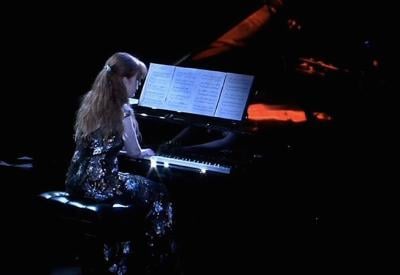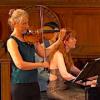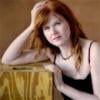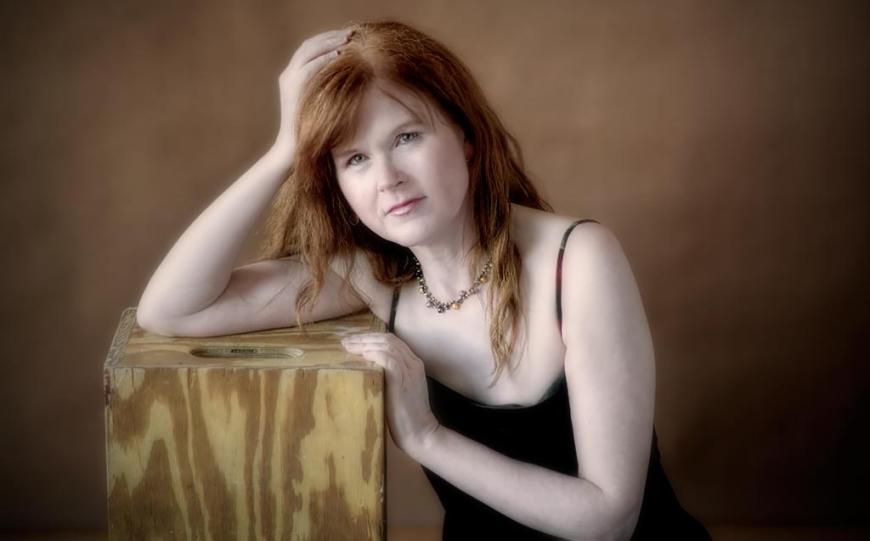
Born in Washington, D.C., pianist, teacher, lecturer, radio host, event producer, and writer Sarah Cahill moved to Berkeley at age 5 when her late father joined the art history faculty at UC Berkeley. Thanks to a curriculum in the Berkeley public schools that included music education, her graduation from double bass to keyboard came naturally.
Over the decades, Cahill’s work at the keyboard, over the airwaves, in person, in print, at new-music performances including the New Music Bay Area summer-solstice “Garden of Memory” concerts at the Chapel of the Chimes, and at events featuring the music of Terry Riley and Lou Harrison has made her a major and much-loved figure in the Bay Area music scene. A full list of concerts she has contributed to or promoted would take up many pages. Yet as ubiquitous and respected a presence as Cahill may have, her awareness and experience of the challenges that women face in the classical/new-music communities remain acute. Thus, alongside her recognized status as a champion of new music she has developed a parallel championship of female composers from multiple centuries.
On Dec. 18 from 2–9 pm, Cahill will present The Future is Female, a seven-hour “sit/come-and-go/walk around” marathon performance of keyboard music by female composers at the Berkeley Art Museum (BAMPFA). The performance is included with gallery admission. To gain perspective on the event, and to get an update on Cahill’s career during these COVID-challenging times, we Zoomed together in early December.
You have a new recording coming out in March, the day before you perform at The Barbican in the UK. The title of both that CD and your December 18 marathon is The Future is Female, with Vol. 1 appended to the CD title. For some, that’s a very provocative title.
But Jason, the feminine is in you; it exists in all people.
With this project I want to counteract the prevalence of all white male concerts that go on today. There are still discussions that I see in the news and on social media where people say, “Well, if there were any good female composers, we would have heard about them by now.”
Oh, you’re kidding. People still say that?
Yes. The argument from some musicians and conductors is “I don’t think about gender or race, I just pay attention to good music.” Which generally means they will stay in their comfort zone. There’s this idea that the music people really want to hear is the classical canon, which is all white male. What will it take for some kind of equality where touring pianists play even one work by a female composer? Imagine if everyone who came to your local concert hall just played one piece written by a woman: It would be a real cultural shift. That’s what I’m looking for.
I want to make a difference. Hence this project, which is on several different levels. It’s for listeners who are curious and want to know more about music written by women. It’s for the students I work with at the San Francisco Conservatory and all over the country, including the University of Iowa, the University of North Carolina, Bowling Green State University, the New England Conservatory, and elsewhere. They are given the classical canon which is passed down from teacher to teacher, generation to generation, and it’s always the composers that we grew up with.
Bach, Beethoven, and Mozart are on the first tier, with others on the second, third, and fourth tiers. They’re all male. Even the D-level composers are all-male. And there are those great composer timeline posters with classic images of the patriarchy that are hung in classrooms, and they all look the same through history. I would imagine that even today, that timeline looks the same as when you and I were growing up and learning about the great composers in history.
I’m not looking to cancel Beethoven; I’m looking to expand the horizon of listeners, students, and fellow pianists — all of us. It’s an education for me to research and learn about female pianists.
I feel like right now, in 2021, whether you’re playing Baroque music or music from the classical and romantic eras, there’s no excuse not to play music composed by women. Élisabeth Jacquet de la Guerre is the equal to Couperin and Rameau, whose music we hear all the time. We should hear her music all the time as well. The keyboard pieces she wrote when she was 22 are adventurous and innovative and should be played.
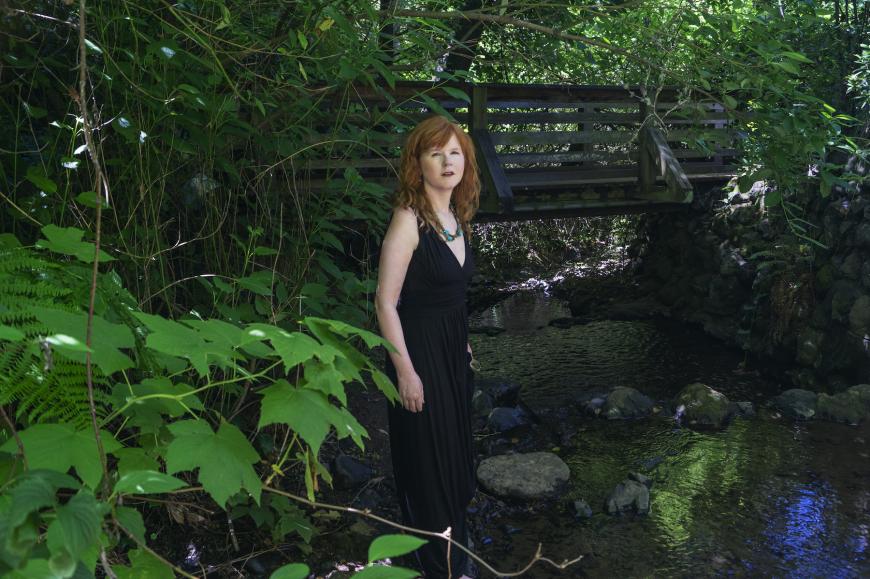
What female alternatives to Bach, Beethoven, Brahms, Schubert, Schumann, and Chopin would you suggest that music lovers investigate?
I think it’s tricky territory to say that “this” composer is equal to Beethoven or Chopin or Schumann. I think it’s wonderful that Clara Schumann is getting more attention and that we’re hearing more really fine recordings of her work. I wish that sometimes we could do blind listening and hear Clara Schumann without hearing the name. And hear Robert Schumann without hearing the name. And hear music purely as music, without all the baggage of history. Because we all have implicit biases, myself included, and we all respond when we hear a name without hearing the music just by itself.
This is what Florence Price was talking about when, in July 1943, she sent a letter to Serge Koussevitzky about the handicaps facing women composers. “To begin with I have two handicaps — those of sex and race. I am a woman; and I have some Negro blood in my veins. Knowing the worst, then, would you be good enough to hold in check the possible inclination to regard a woman’s composition as long on emotionalism but short on virility and thought content — until you shall have examined some of my work? As to the handicap of race, may I relieve you by saying that I neither expect nor ask any concession on that score. I should like to be judged on merit alone.” He never wrote back.
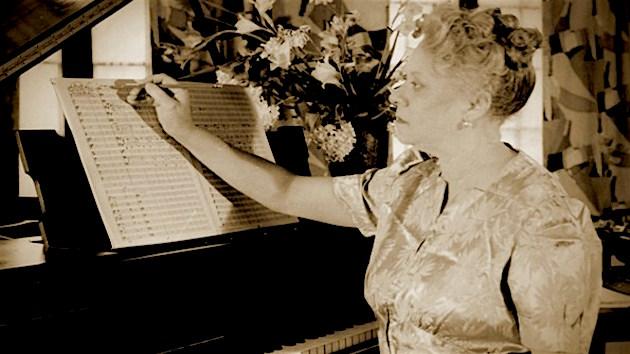
One of my favorite teachers at Berkeley High School was Mr. Kennedy. He did this experiment where he would give us an Elizabethan sonnet by some minor person and another by Shakespeare, cover up the names, and ask us to analyze the poem and judge it on the basis of the poem itself. That was so helpful to me. We see “Shakespeare” and automatically think, “Oh, of course; that’s the superior sonnet.” And we automatically think that Felix Mendelssohn must be superior to Fanny Mendelssohn.
Part of our automatic response is out of pity. We grow up with these stories about “Oh poor Fanny Mendelssohn didn’t have the opportunities or education; she wasn’t allowed to publish ... oh poor Fanny Mendelssohn ... instead of really listening to the music.
I’m reminded that the husband of Amy Beach insisted that she only publish under the name Mrs. H.A.A. Beach. I just reviewed a performance of her “Gaellic Symphony” at Seattle Symphony. The review opened by speculating that if the Seattle audience hadn’t known in advance that the composer was a woman, they never would have guessed that a woman wrote it.
The stereotype about the music women wrote in the romantic period is that they’re little miniatures with pretty melodies and very feminine and not much structure. And then you think, “Oh they’re describing a Chopin Nocturne. But Chopin is someone who is sacred; he’s someone you’d never say these things about, even if they apply.
You’re doing a seven-hour marathon in Berkeley where, as with the audiences of Philip Glass’s Einstein on the Beach, people can come and go as they wish. What does it feel like physically to do this? Will you take breaks?
I do take 10-minute breaks to have some water and a little snack and lie on the floor. I’ve done these seven-hour marathons before at the North Dakota Museum of Art, University of Iowa, and Carolina Performing Arts. Physically I have to get my body in shape and keep hydrated, but it’s just a wonderful thing to do. I really enjoy it. It’s a really exhilarating experience because some of these pieces are known, and others have been buried for a long time.
This is going to be at the Berkeley Art Museum in conjunction with the show, “New Time: Art and Feminisms in the 21st Century,” curated by Apsara de Quinzio (through January 30). It’s a huge show of feminist art. She talks about feminisms in plural because there are many waves and kinds of feminism. It’s a very large, provocative, and inspiring show of over 150 works by 77 artists and collectives, and extends beyond the galleries to the Art Wall, Theater 2, and the large outdoor screen.
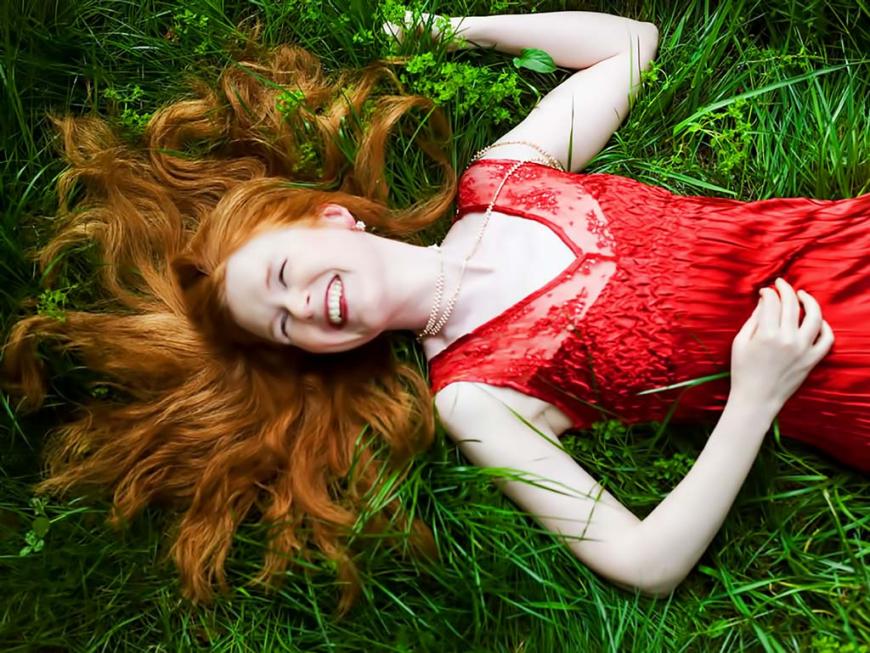
Give us an idea of the repertory. Whom among the unknown composers is someone you especially hope people will notice and pay attention to?
Hélène de Montgeroult, who is French, wrote her Sonata No. 9, Op. 5 No. 3 in 1811. There’s a story, possibly apocryphal, that she was going to be sent to the guillotine in the French Revolution and saved her own life by playing improvisations on the “Marseillaise.” She wrote in between the classic and romantic periods. Not much is known about her, but I think her sonatas are really important and very moving. I’ve recorded one of them for another volume of my series, perhaps Vol. 2.
Some people will know the 20th-century figures whose music I’m playing, including Pauline Oliveros and Germaine Tailleferre [the only female member of Les Six]. If you listen to Tailleferre’s Ballade for Piano and Orchestra, you’ll think that it sounds a lot like the Ravel Piano Concerto in G Major, but she wrote hers in 1920, and Ravel wrote his in 1930. Who was borrowing from whom? I don’t know if Ravel actually took anything from her, but she predated him.
People will know Kaija Saariaho, Florence Price, Margaret Bonds, and many more. I commissioned pieces from Mary Watkins and Theresa Wong, and both will be there. It was important to me to feature local composers, but also an international scope, so there are composers from Brazil, China, Ethiopia, New Zealand, Azerbaijan, Lithuania, Venezuela, and many other countries. There’s music from 54 different composers on the program.
How many people will fit into the space?
They’ll probably limit the number due to COVID protocols. But there’s the amphitheater-like forum where the piano will be, and it has built-in wooden seats. Some people can be near the piano, and they’ll hear it in the galleries as they view art. The idea is to come and go, and I encourage families to bring their little children. It will be free with gallery admission.
Can you say more about your teaching of late and how it has evolved?
I am teaching at the San Francisco Conservatory, and lead a class entitled, “20th-Century Keyboard Literature.” When I first started teaching it years ago, I’d include Scriabin, Ives, Cage, Cowell, Ligeti, Rzewski, Copland, Boulez, Messiaen, Stockhausen, Crumb, Feldman ... Then, one day, I thought about who was missing. Where were women and people of color? If you’re teaching about minimalism, why not include Julius Eastman and Anne Southam? If you’re teaching about sonata form, why not the Florence Price sonata whose first movement I’m playing in the third hour of the concert?
I think we’ve all been learning a lot these past several years. You and I grew up with and played exclusively music by white men; nothing by people of color or women. So it’s time for us all to be educated.
I also know that it’s problematic to lump everyone together. Michael Morgan at the Oakland Symphony never wanted to perform in Black History Month in a way that would make him seem like the token Black conductor presenting music by Black composers for just that one month. It was so important to him that these composers be integrated with others during the entire concert season.
You and I both remember when the Gay American Composers album came out on CRI in the 1990s. It seemed problematic at the time to see an album cover with a shirtless young man with unbuttoned jeans representing a group of disparate composers like Lou Harrison, Robert Helps, Ned Rorem, Chester Biscardi, and so on. But then Robert Helps, whose music was on the album, said, “If one young person listens to this album and it makes a difference in their lives and helps them in some way, then that’s enough reason for it to exist.” I guess I feel similarly about The Future is Female.
As for what else I’m doing, it includes pretty regular preconcert talks for the San Francisco Symphony and the Los Angeles Philharmonic. I recently hosted postconcert talks for San Francisco Performances’ Pivot Festival. Then I have my weekly Sunday night radio show on KALW-FM, Revolutions Per Minute, and teaching at the San Francisco Conservatory. Coming up regionally are a solo concert with Santa Cruz New Music Works next month, and a wonderful collaboration with the San Francisco Girls Chorus and composer Theresa Wong in March. I also take on occasional small writing assignments.
You’re also touring.
I’m doing an all-day concert at the Barbican in March, and another marathon performance before that at the Saint Petersburg Museum of Fine Art in Florida.
Stay safe in Florida.
I know. It was already postponed once, as was the Barbican.
If the pandemic wasn’t happening, what would your ideal schedule look like?
I did lose concerts when the pandemic first hit, including a very nice one in Munich that Terry Riley recommended me for. (By the way, because he’s moved to Japan, he just gave me his prized Mason & Hamlin piano, which is a big, wonderful gift.) I had a concert at the Huddersfield Festival in the U.K., which I ended up performing online, and various other nice opportunities that might come back. But as things go, I haven’t done so badly.
The pandemic has certainly taught us how to present something virtually in an effective way while also performing in person. I just played a concert at Mills College of women composers who have taught there and studied there, and it was presented in-person as well as online. [See it here.] Now it’s possible for my mother at home and my brother in Wisconsin to see my concerts. Many of us never thought about virtual concerts before the pandemic.
My ideal schedule would include playing a hundred concerts a year around the globe in all the major concert halls. But in fact, I am very happy and grateful for the musical life I have right now.


